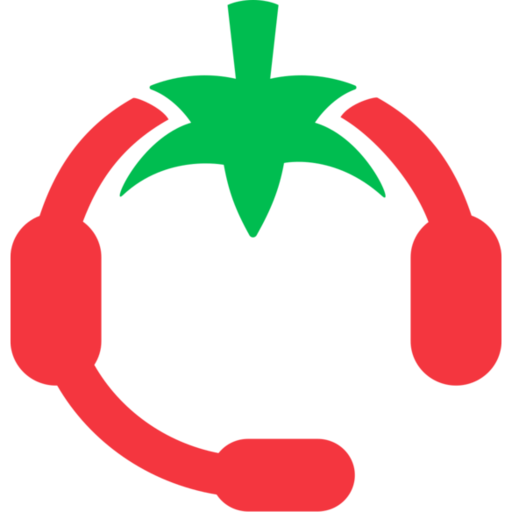What is Forecast Accuracy?
Forecast accuracy measures how closely a predicted value (such as call volume) matches the actual observed value. In call centers, it’s commonly used to evaluate how well staffing forecasts align with real-time demand.
Why Forecast Accuracy Matters
– Ensures adequate staffing levels to handle customer volume
– Helps avoid overstaffing (wasted resources) and understaffing (long wait times)
– Enables better scheduling, budgeting, and performance planning
How to Measure Forecast Accuracy
– Mean Absolute Percentage Error (MAPE)
– Forecast Error = Actual – Forecast
– Forecast Accuracy % = [(1 – |Forecast Error| / Actual) × 100]
Types of Forecast Accuracy Metrics
Daily Accuracy
Measures accuracy of predictions on a daily basis.
Interval Accuracy
Compares actuals to forecasts in 15 or 30-minute intervals.
Volume Accuracy
Assesses how well predicted call volume aligns with real demand.
Tips to Improve Forecast Accuracy
– Use historical data and trend analysis
– Adjust for holidays, campaigns, or seasonal shifts
– Review performance metrics regularly
– Collaborate across teams for better data inputs
What is a Good Forecast Accuracy?
Many call centers aim for 90–95% accuracy. The acceptable threshold depends on business goals, call complexity, and customer tolerance for wait times.
Related Topics for Further Reading
– Workforce Management (WFM)
– Call Forecasting
– Schedule Adherence
– Service Level Agreements (SLAs)
– Occupancy Rate

